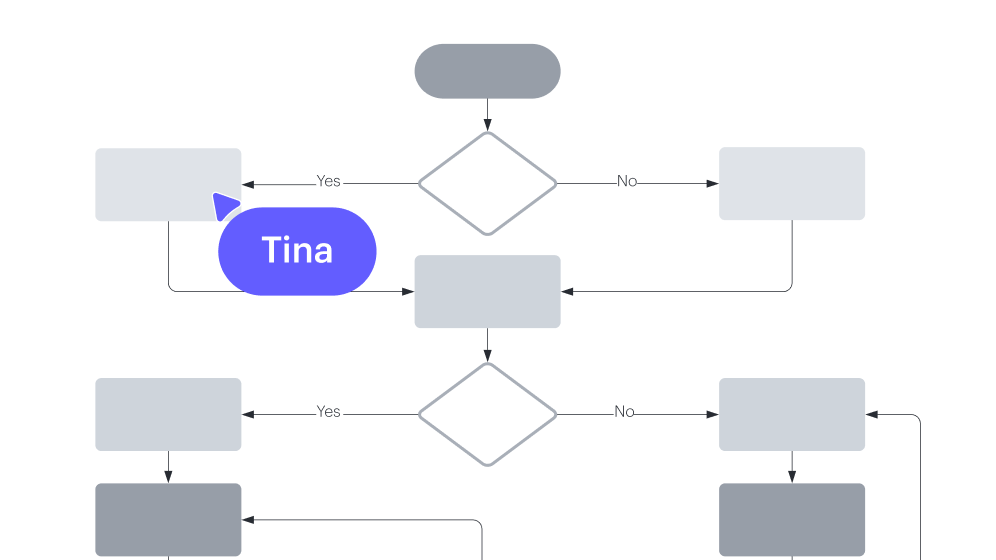Lucidchart vs. draw.io
Don’t settle for limitations with draw.io. Learn why Lucidchart is the best choice for real-time collaboration, intelligent diagramming, integrations, and more.
By registering, you agree to our Terms of Service and you acknowledge that you have read and understand our Privacy Policy.
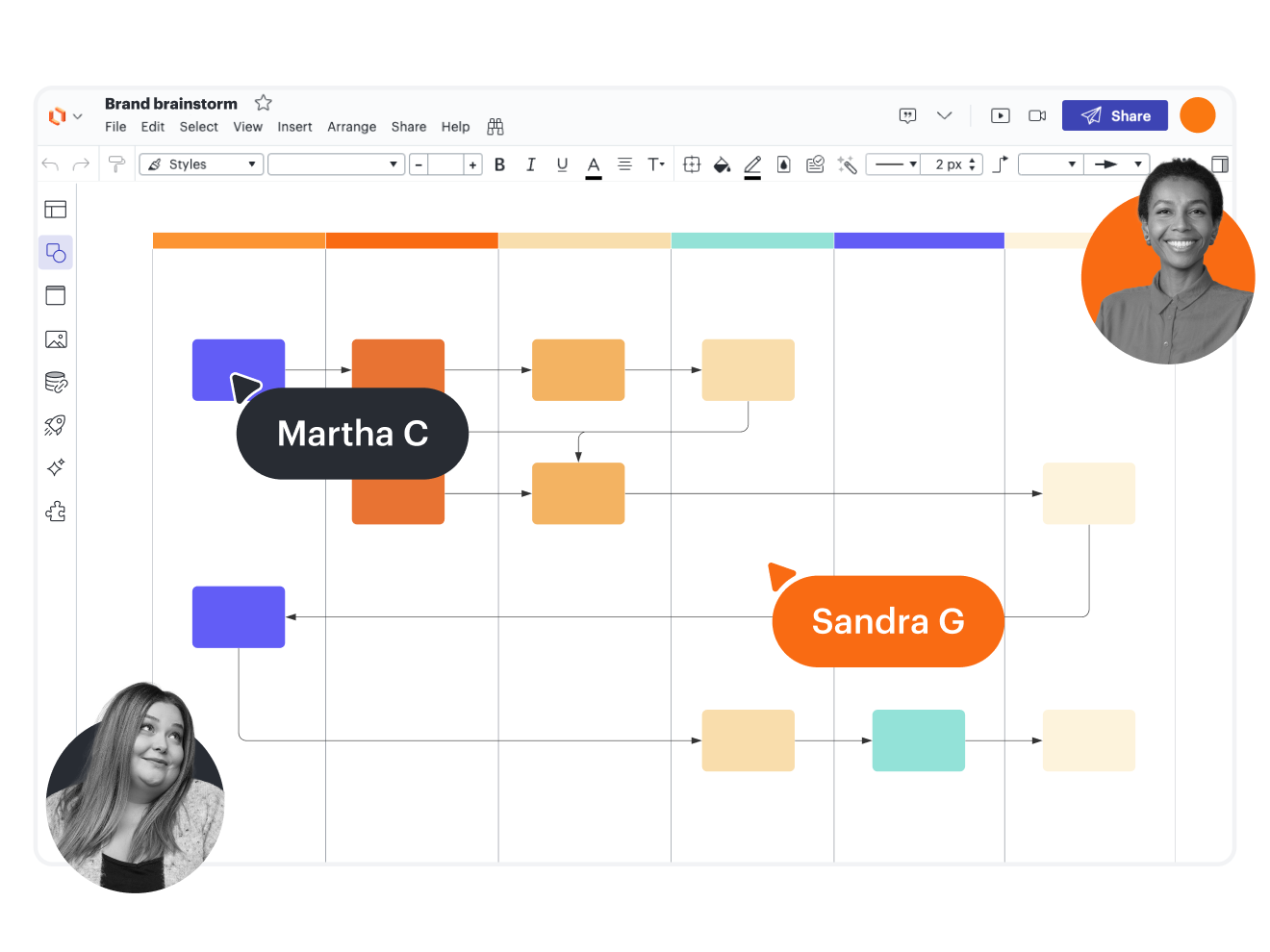
Why teams choose Lucid as a draw.io alternative
Most complete
Lucid is the most complete platform of its kind. In contrast, draw.io is a partial tool, not built for enterprise teams.
Most connected
Lucid offers 100+ integrations with leading apps. Although draw.io is an open source tool, it offers limited integrations.
Most intelligent
Lucid accelerates productivity with AI, data, and automation. draw.io lacks advanced AI features and is largely manual.
Most value
Lucid is focused on continuous innovation. Improvements to draw.io are minimal and limited to basic maintenance.
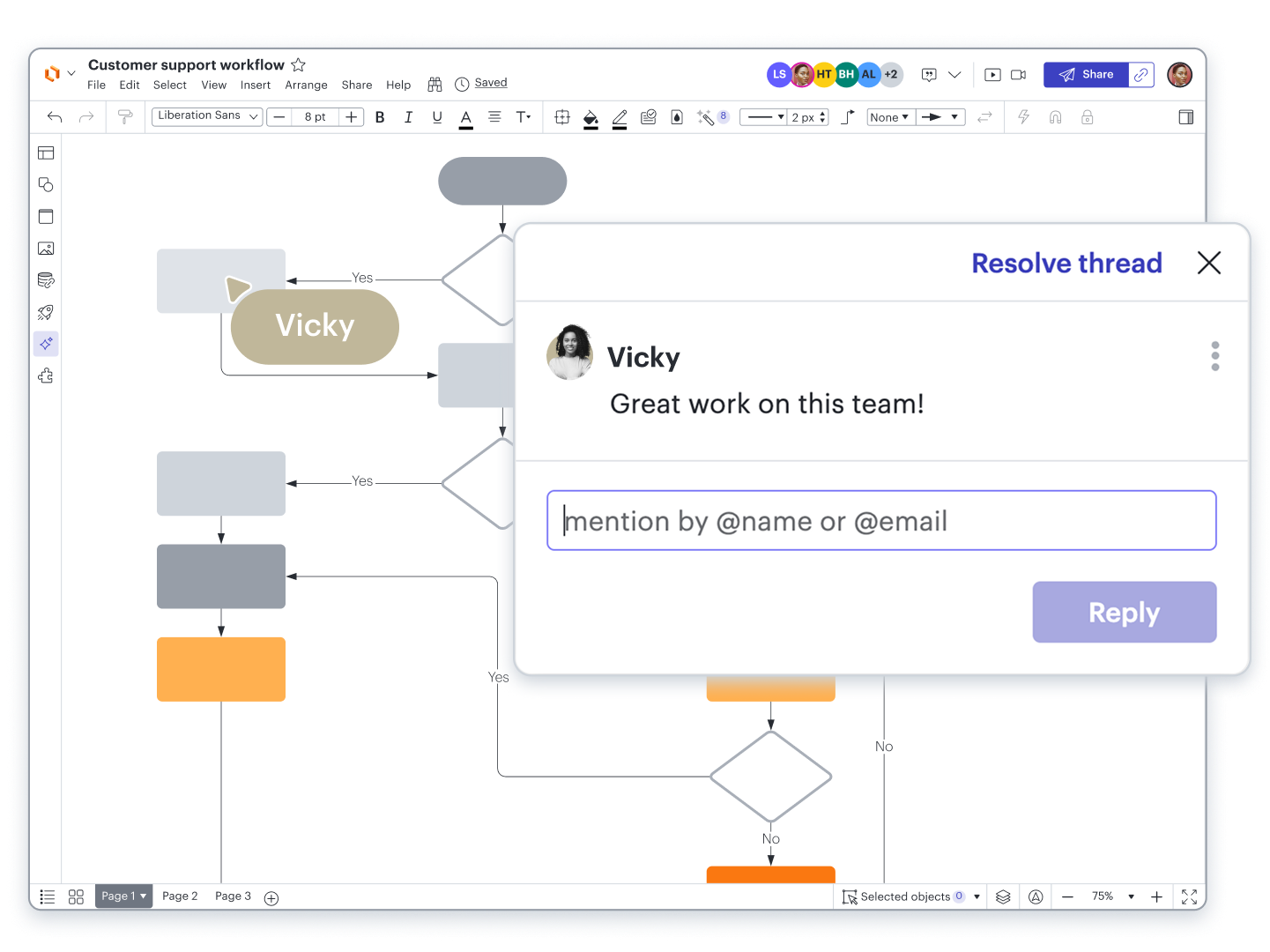
Cloud-native collaboration
Lucidchart was built for collaboration. It allows teams to securely share, view, and edit diagrams together in real time. draw.io, however, hinders collaboration. Its desktop version is offline, which prevents synchronous viewing and editing of diagrams by multiple users.
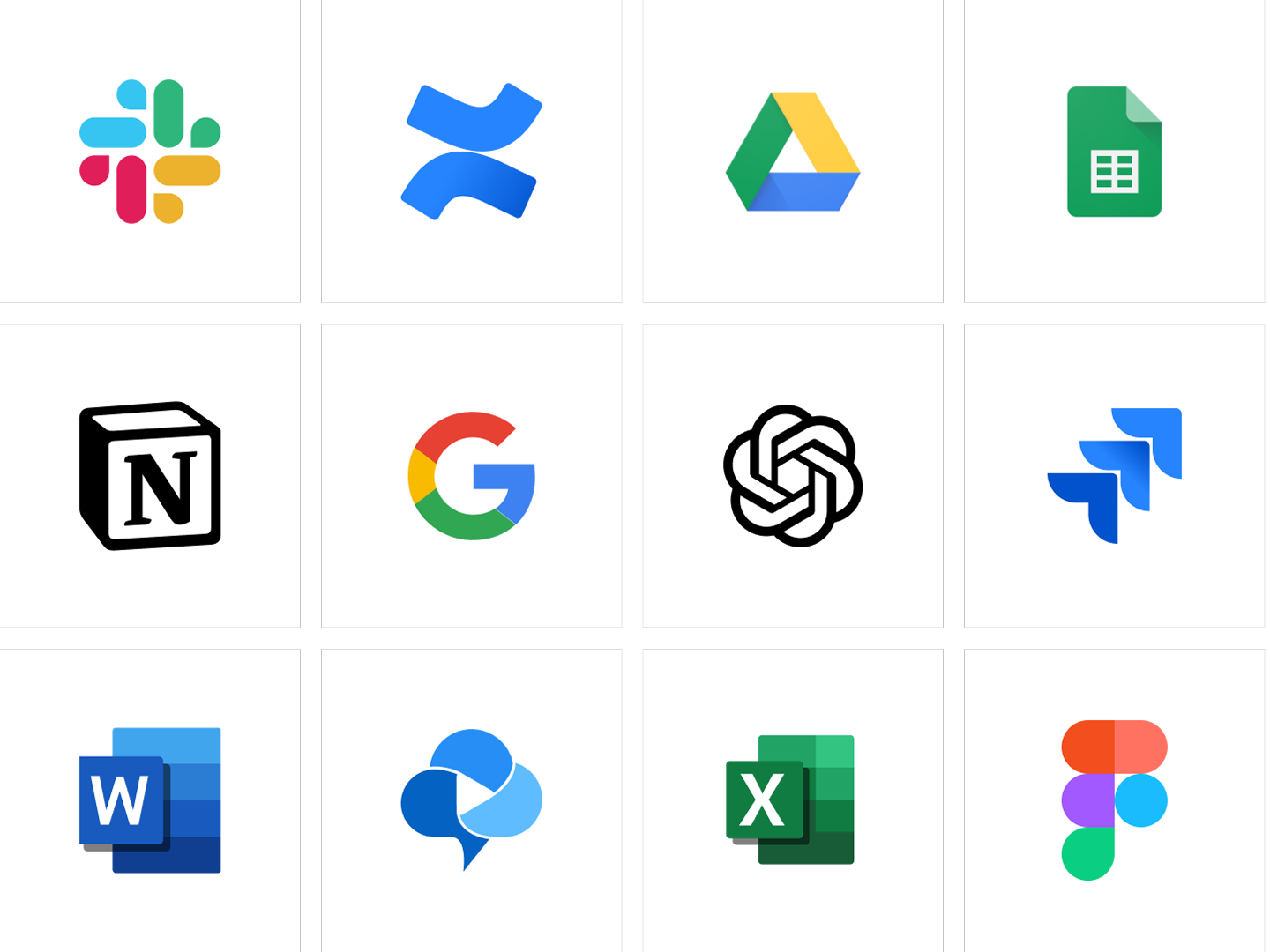
Robust integrations
Connect Lucidchart with productivity suites such as Atlassian, Google Workspace, Microsoft 365, and Slack. Lucidchart also integrates with BambooHR, Figma, LeanIX, Salesforce, and more. draw.io offers fewer integrations, and those it does offer have limited functionality.
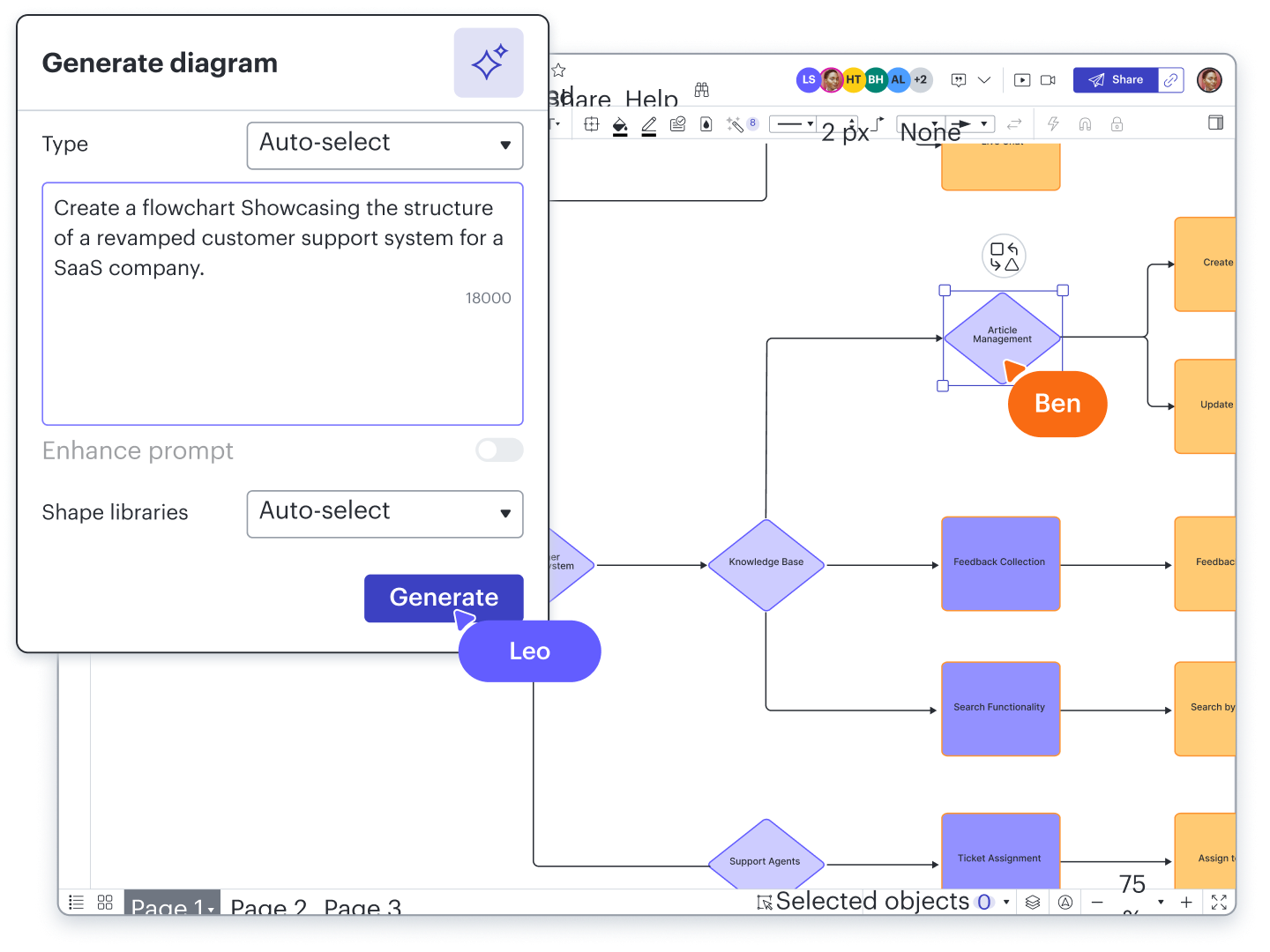
Intelligent diagramming
With Lucidchart, you can build smarter diagrams faster. Use AI to create and iterate on diagrams from a text prompt, or generate diagrams from Mermaid code. While draw.io offers AI-generated templates, it doesn’t support advanced AI functionality like prompt iteration and summarization.
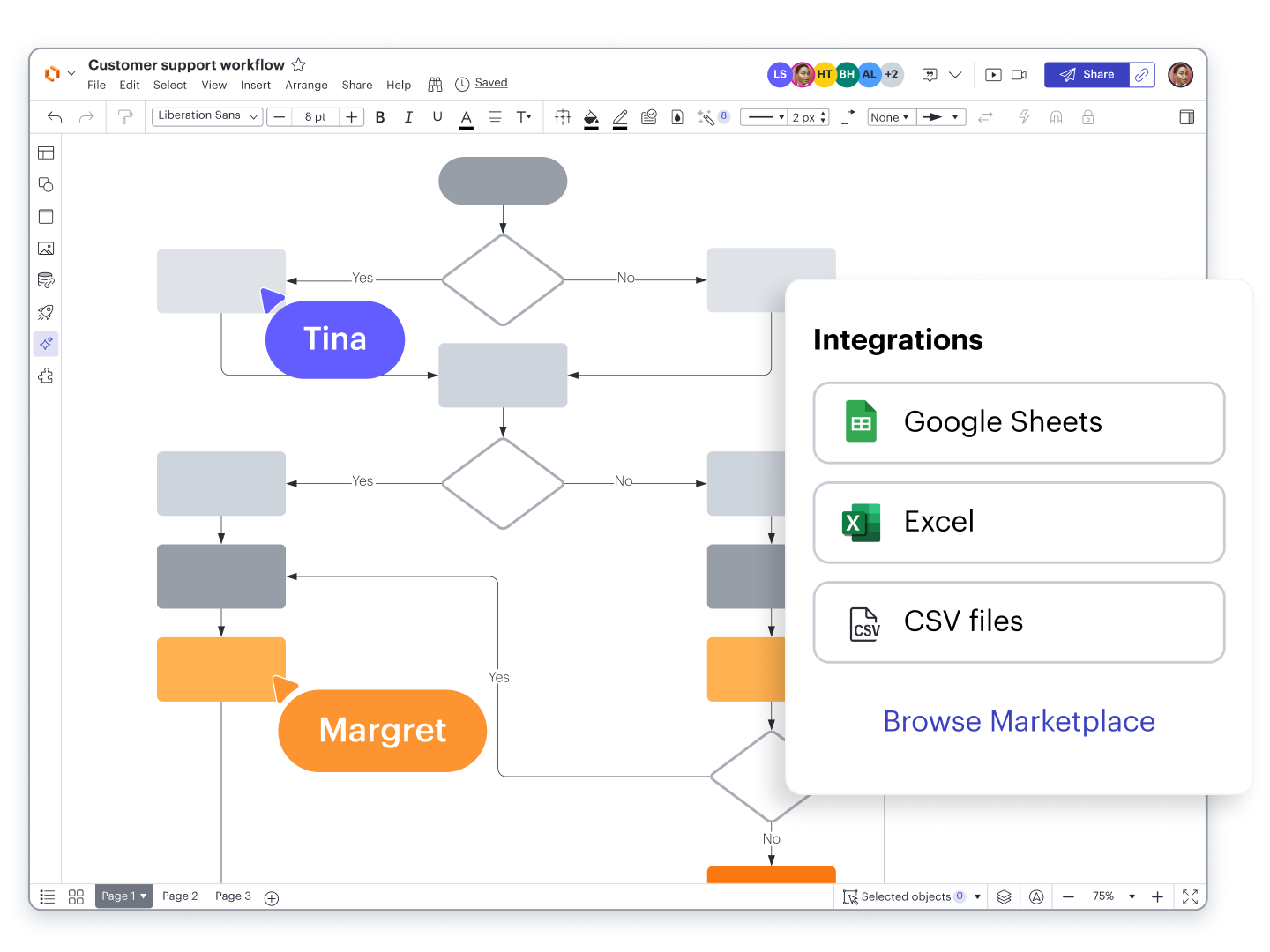
Data and automation
Import data to Lucidchart from Google Sheets, Excel, or CSV files to link data to your diagrams. Use additional data-backed features like conditional formatting, formulas, dynamic shapes, and more. draw.io only supports basic data import and lacks the data-backed features mentioned above.
Lucidchart feature highlights
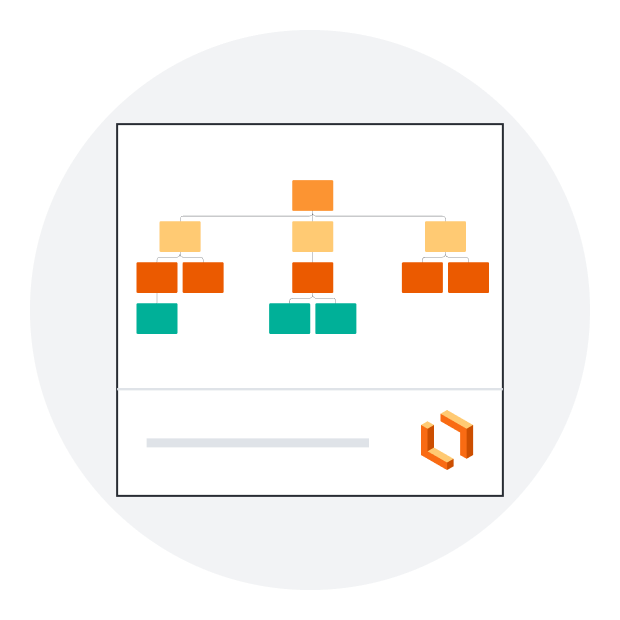
Universal canvas
With a Lucid Suite license, you can switch seamlessly between Lucid’s diagramming and whiteboarding applications.
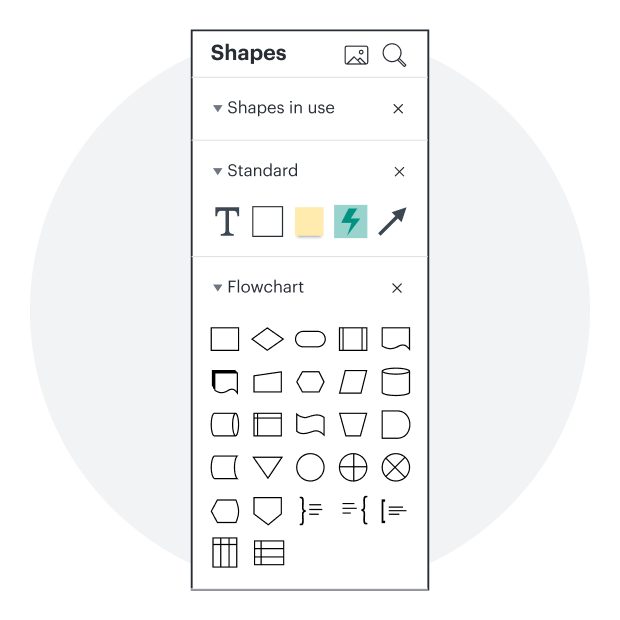
Shape libraries
Use a variety of complete, pre-made shape libraries that comply with current and historical diagramming standards.
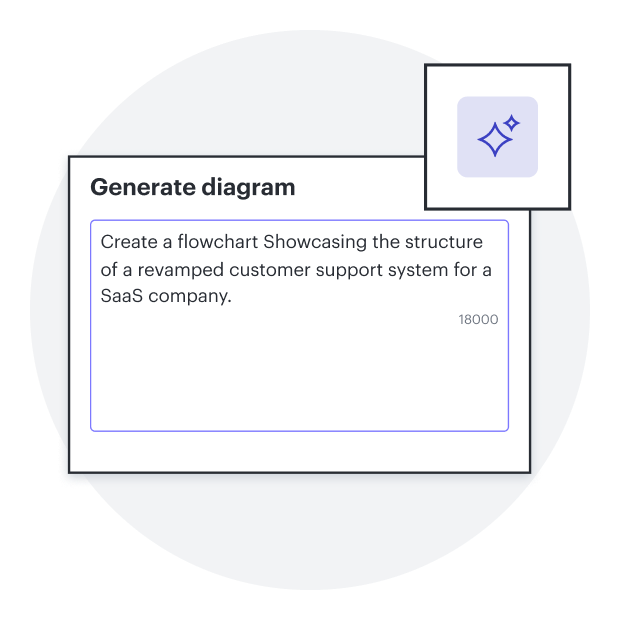
Generate diagram
Describe a diagram you’d like to create, and AI will generate it automatically. Enhance or edit your prompt to keep iterating.
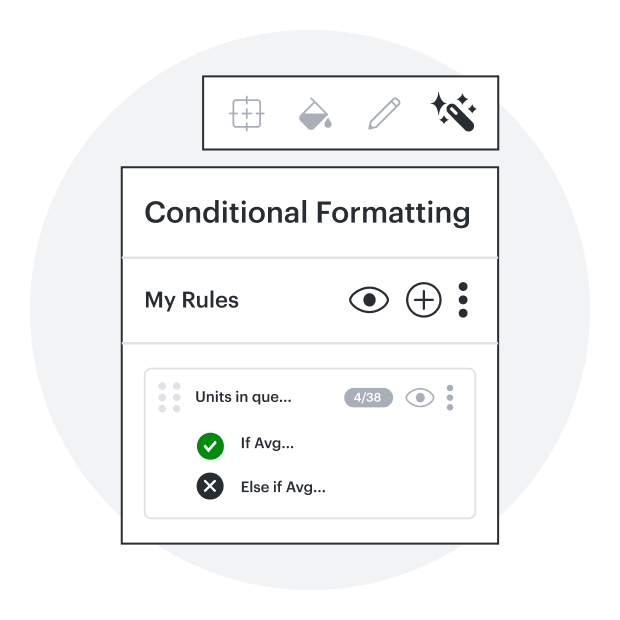
Conditional formatting
Create a rule manually or with AI to visually highlight patterns and insights for quick comprehension at a glance
Finish your Lucidchart vs. draw.io comparison with a free trial
See for yourself why Lucidchart is the best draw.io alternative for real-time collaboration, intelligent diagramming, integrations, and more.
Sign up free